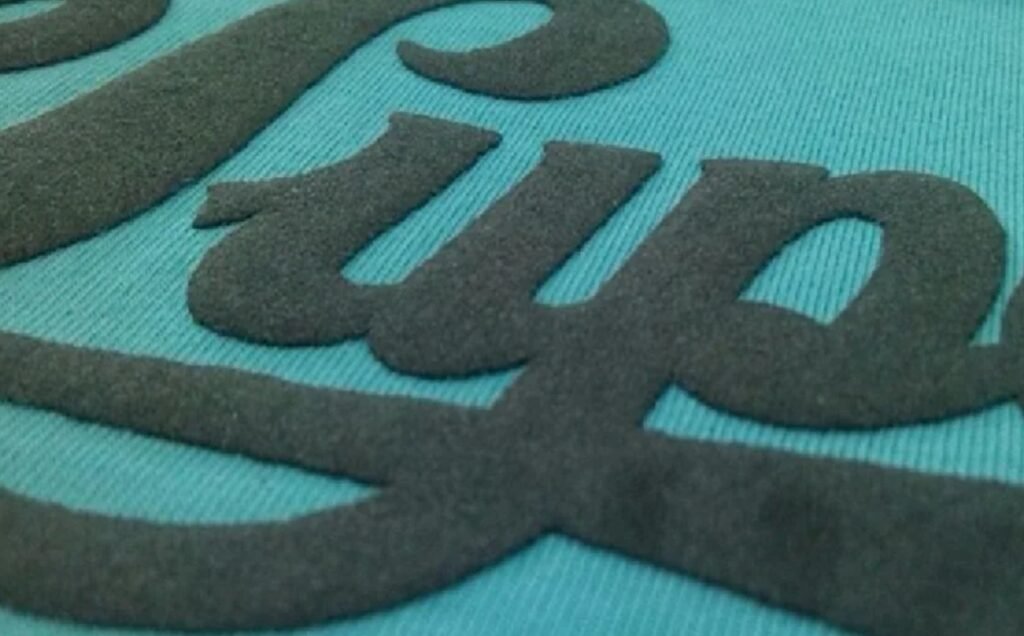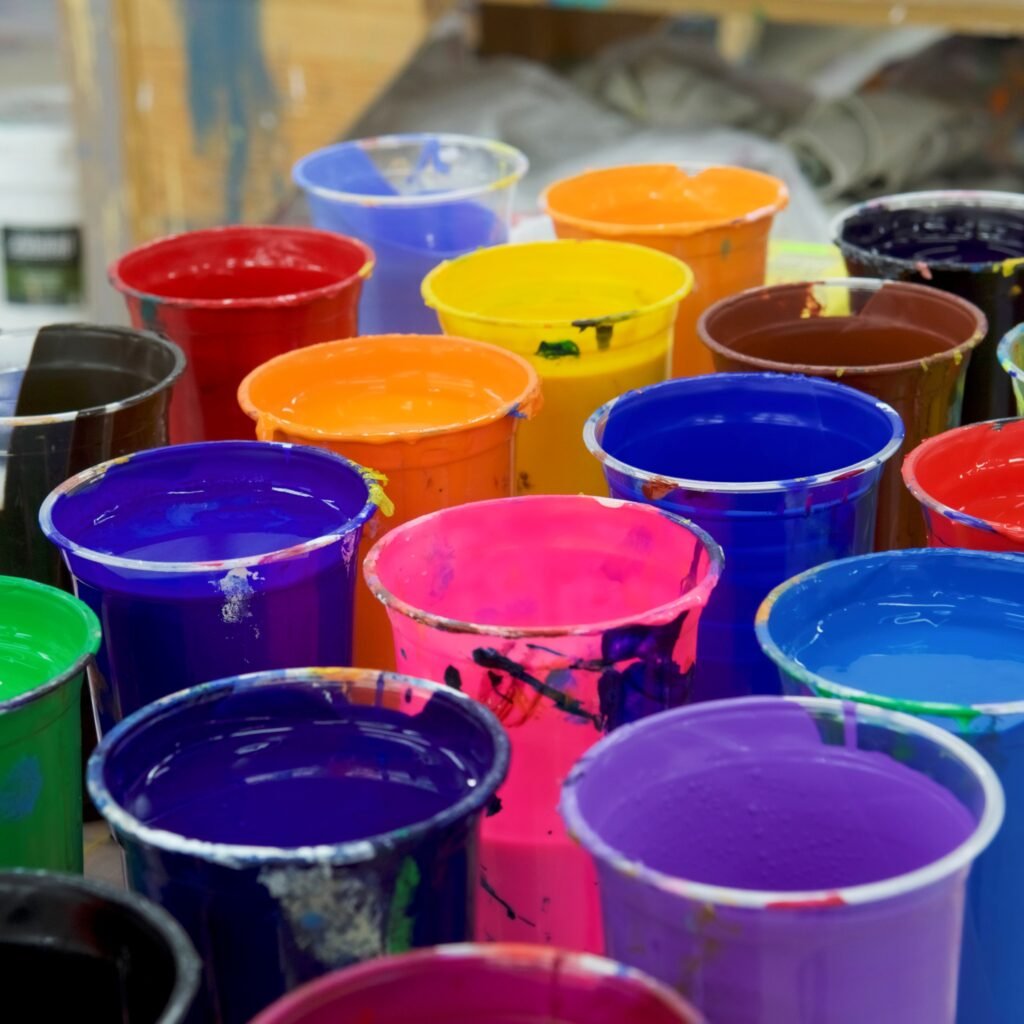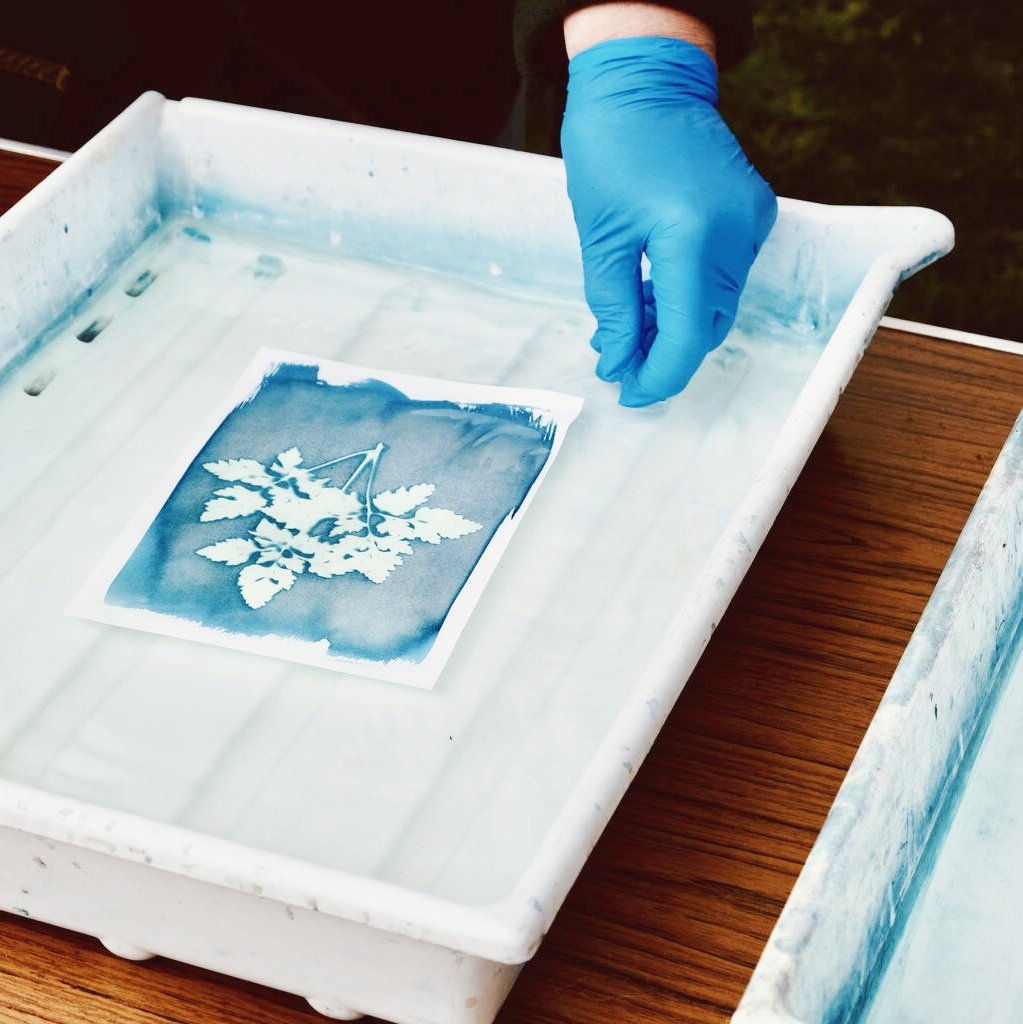When it comes to the vibrant and diverse world of screen printing, the quality of plastisol inks plays a crucial role in determining the final outcome of any project. Among the myriad options available, good plastisol inks not only ensure superior print quality but also stand out in the market due to their reliability, consistency, and adaptability. This article delves into what makes these inks exceptional and why they are the go-to choice for professionals and enthusiasts alike.
Understanding the Basics of Plastisol Inks
Plastisol inks are a type of ink commonly used in screen printing, known for their thick, paste-like consistency before curing. Upon heating, these inks transform into a durable, flexible, and vibrant print that adheres well to various fabrics. The key components of plastisol inks include PVC resin, plasticizers, pigments, and stabilizers. The quality of these components, along with the formulation process, significantly impacts the performance of the ink.
Good plastisol inks are distinguished by their ability to provide consistent color vibrancy, opacity, and coverage. They are also formulated to be easy to work with, offering smooth application and clean separation of colors during the printing process.
The Importance of Pigment Quality
Pigments are the key to achieving vibrant and lasting prints. Good plastisol inks use high-quality pigments that are finely milled and well-dispersed within the ink formulation. This ensures that the ink produces a rich, even color with excellent lightfastness and durability.
For example, gold ink plastisol and golden yellow plastisol ink are popular choices for adding a touch of elegance and sophistication to prints. These inks require high-quality metallic pigments to achieve the desired shimmer and reflective properties. Similarly, good white plastisol ink is essential for creating clean, bright prints that stand out against darker fabrics.
Versatility Across Different Fabrics
One of the hallmarks of good plastisol inks is their versatility across a wide range of fabrics. Whether you’re printing on cotton, polyester, or blends, high-quality plastisol inks offer excellent adhesion and flexibility. This makes them ideal for all screen printing shirts, ensuring that your prints look great and hold up well over time.
The formulation of good plastisol inks includes specialized additives that enhance their ability to bond with various fabric fibers. This ensures that the ink doesn’t crack, peel, or fade, even with repeated wear and washing.
Environmental Considerations
In today’s eco-conscious world, the environmental impact of printing inks is an important consideration. Good plastisol inks are increasingly being formulated with sustainability in mind. Manufacturers are using more eco-friendly raw materials and production processes to reduce the inks’ carbon footprint.
Moreover, advancements in ink technology have led to the development of biodegradable plastisol inks. These inks break down more easily in the environment, reducing the potential for pollution. While biodegradable options may not yet be as widespread as traditional plastisol inks, their availability is growing, and they represent a promising direction for the industry.
Cost-Effectiveness and Performance
When evaluating good plastisol inks, cost-effectiveness is often a critical factor. High-quality inks may have a higher upfront cost, but their superior performance and longevity often make them a more economical choice in the long run.
For instance, good plastisol inks require less ink per print, reducing waste and material costs. They also produce prints with excellent opacity and coverage, minimizing the need for multiple passes or touch-ups. Additionally, their durability ensures that prints hold up well to wear and washing, reducing the need for replacements.
Safety and Compliance
The safety of printing inks is another crucial consideration. Good plastisol inks are formulated to comply with relevant health and safety regulations, ensuring that they are safe to use and dispose of.
Manufacturers of high-quality inks prioritize the use of non-toxic and low-VOC (Volatile Organic Compounds) raw materials. This reduces the risk of harm to both workers and the environment during production and use. Moreover, compliant inks help printers meet industry standards and customer expectations for safe, eco-friendly printing practices.
Innovation and Trends in Plastisol Ink Development
The screen printing industry is constantly evolving, and good plastisol inks are at the forefront of this innovation. Manufacturers are continually developing new ink formulations to meet the evolving needs of printers and consumers.
One notable trend is the development of reactive plastisol inks. These inks bond chemically with the fabric during the curing process, creating a stronger, more durable print. Another trend is the use of UV-reactive inks, which glow or change color under UV light, adding a unique visual effect to prints.
Conclusion: The Value of Good Plastisol Inks
In conclusion, good plastisol inks are essential for achieving high-quality, durable, and visually appealing screen prints. Their superior pigment quality, versatility across different fabrics, environmental considerations, cost-effectiveness, safety compliance, and innovative formulations make them stand out in the market.
Whether you’re a professional printer or a DIY enthusiast, investing in good plastisol inks will pay off in the long run. They will help you create prints that not only look great but also hold up well over time, satisfying your customers and building your reputation as a reliable and skilled printer.



